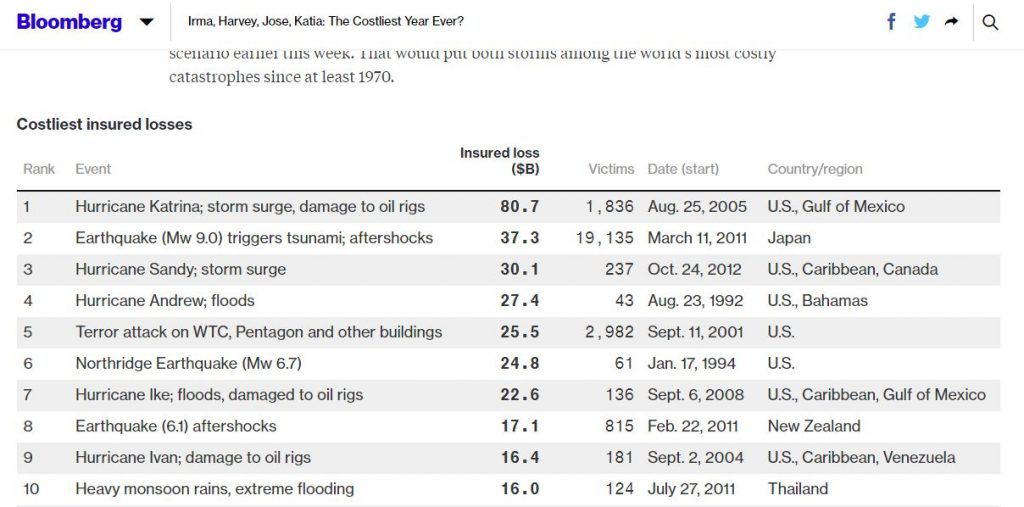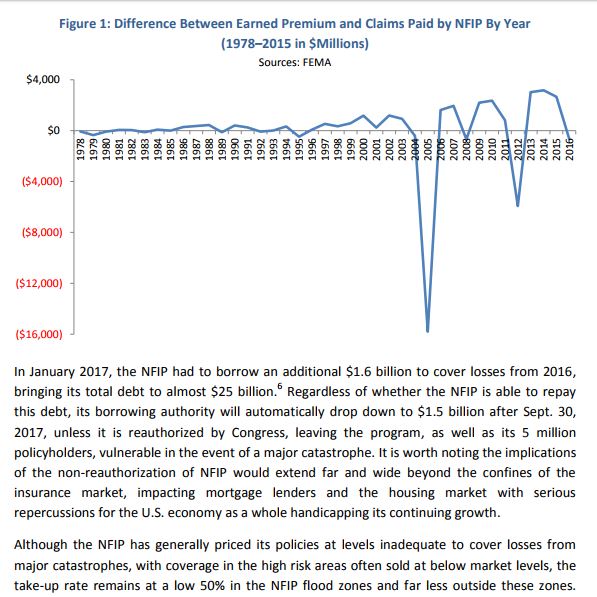What can I say?
This year's NSF EEC PI meeting was so energizing to me it made me resurrect the informal blog on my webpage just to be able to talk about it!
For me, the highlight was the interactive keynote by President Lesia Crumpton-Young of Texas Southern University. Her talk was titled, "Reflecting to Re-Envision", and she really challenged us to think about how we can make engineering *better* in every facet. Look, you're not going to understand her energy if you've never heard her speak, and I'm not going to do justice, so let me just share a few of the ideas that stood out to me...
It's time to rethink higher education... "What if our goal was to create social impact and not preserving the status quo?"
President Young 9/23/2022 quoting Brian Rosenberg in the Chronicle of Higher Education, 3/23/2021
Reflecting to re-envision requires that we: i) abandon ego-centric decisions; ii) prevent proliferation of improper ideas; iii) sharpen critical thinking; and, iv) cultivate enlightened decision makers.
My paraphrase of President Young's "Reflecting to Re-Envision" theme
At Texas Southern, our mission statement is now two words: "Transform Lives"... That's it.
President Lesia Crumpton-Young, 9/23/2022
Because, as engineers, we are problem-driven, we so often focus on the problems or deficits in our current experience. This is fair enough--the places where we are most dissatisfied are often where the most important opportunities are found. However, this makes us vulnerable to operating with a deficit mindset, and we can unwittingly promulgate a deficit mindset to other areas. When this deficit mindset meets with other cultural, institutional, or social factors and intersects with pre-conceived judgments about faculty, students, staff, or administrators in a range of people groups, the deficit mindset can result in suppressing and not supporting the excellent ideas of others.
Sometimes it is just good to be reminded to share or explore even a small idea.
It is also good to remember that you hold some unspoken assumptions that, if unexplored, could end up placing a wet blanket on the fires of innovation and collaboration.
President Young shared with us a number of questions, but I'd like to repeat one of them to you: How will you innovate, transform, or disrupt your thinking, your department, your institution, or your community? Where will you infuse innovation or challenge the traditional thinking, populations, stereotypes, and performance myths that dominate your context?
How will you intend to transform lives?


